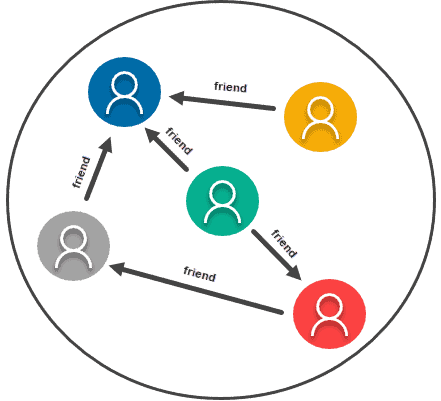

#Graph database code#
With this book’s data modeling, query, and code examples, you’ll quickly be able to implement your own solution. For example, companies might use a graph database to mine data about customers from social media. Graph databases are basically used for analyzing interconnections. Learn how different organizations are using graph databases to outperform their competitors. A graph-oriented database, or graph database, is a type of NoSQL database that uses graph theory to store, map and query relationships. This second edition includes new code samples and diagrams, using the latest Neo4j syntax, as well as information on new functionality. Edges are formed by the database so that relationships between nodes are easily understood by the user. Nodes can represent customers, companies, or any data a company chooses to record. These databases connect specific data points (nodes) and create relationships (edges) in the form of graphs that can then be pulled by the user with queries.

Graphs contain nodes, edges, and properties. The product includes more than 40 functions for regular line-of-business analytics along with views and windowed aggregates, as well as graph and data science algorithms to support in-graph feature engineering and transformations. A graph database is defined as a specialized, single-purpose platform for creating and manipulating graphs. They’re most notably used for social networks, as they’re much more performant for certain queries. Description: The Cambridge Semantics AnzoGraph DB is a massively parallel processing graph database designed to hasten data integration analytics.
#Graph database how to#
Whether you want to speed up your response to user queries or build a database that can adapt as your business evolves, this book shows you how to apply the schema-free graph model to real-world problems. Graph databases use topographical data models to store data. A graph database is a database that stores data in a graph-like structure, where nodes represent entities and edges represent relationships between them. Graph databases are a special kind of database storing complex data structures that would be infeasible to store in a traditional relational database. With this practical book, you’ll learn how to design and implement a graph database that brings the power of graphs to bear on a broad range of problem domains. Each node has a unique identifier, outgoing and/or incoming edges, and properties or key-value pairs. These databases comprise of nodes that represent entities and edges that represent relationships or connections between nodes. Discover how graph databases can help you manage and query highly connected data. Graph databases are types of NoSQL databases that are based on graph theory or the graph data model.


 0 kommentar(er)
0 kommentar(er)
